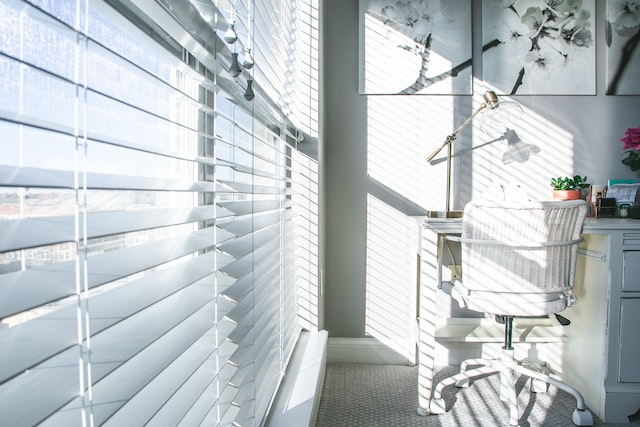Shutters vs Blinds
What’s the Difference Between Blinds and Shutters
Shutters and blinds are two great window treatment options, however, both have their own unique benefits and downsides. The primary difference between blinds and shutters lies in how they are built or fitted to the window. While window blinds are typically attached to the inside of or above the window’s recess, shutters are permanently fixed to the window frame with metal fittings.
Quality shutters allow you to add a timeless look and premium feel to your home. They are a unique and visually attractive window treatment product that complements well with any home style with sails for garden.
Some of the key features that make shutters a worthy investment include high durability, low maintenance requirements, improved light and ventilation control, and excellent thermal insulation.
Depending on your preference, you can choose to have shutters with a rail divider or shutters with a split tilt bar installed. Both options differ in appearance, but they play a similar function. They allow you to open one section of the blades to let light and air in while keeping the other section of the blades shut.
Shutters are not only an excellent treatment option for your windows but they can also be applied to your doors. They can be fixed to your doors and offer similar benefits as they do for your windows. This addition can help boost the value of your home.
However, it is important to note that shutters are typically more expensive than standard blinds and often take up more space. Also, shutters are often more difficult and expensive to install than blinds, especially when you have to work around door handles and window latches.
Another downside to shutters is that they have limited style options to choose from as opposed to blinds which offer a wide range of styles to suit all preferences.
Also, shutters are not ideal for some window styles, especially due to their weight. Additionally, shutters take longer to make and install.
Blinds, on the other hand, are a much more versatile treatment option as they come in a wide range of colors, materials, and design options. They can be made horizontal, vertical, pleated, or in slats.
Another great benefit of installing blinds is that they work well with other window coverings to match any decor and enhance the desired effect from a window treatment.
For added convenience when raising and lowering the blinds, they can be made with a motor. Blinds are much easier to install/remove, as well as easier to maintain and keep clean.
Also, since blinds can be custom-fitted to any window, they offer more control over the levels of light and shade entering a room.
Blinds offer more options if you wish to block out light altogether. They also offer better thermal regulation for your home. While the cost of blind installation varies depending on the style and materials used, blinds are typically less expensive than shutters.
Unfortunately, this also means that you compromise on the lifespan of your investment. The fabric used to make blinds is more susceptible to damage caused by harmful UV rays and exposure to moisture.
Regular Shutters vs. Plantation Shutters
Both blinds and shutters have a huge influence on the interior design of your home’s window treatment. Below, we have outlined the various benefits of regular blinds and Plantation shutters to help you make a more informed decision when it comes to choosing the best type of treatment for your windows.
Plantation Shutters
Create a timeless and classic look for your home with Plantation shutters. These shutters are made of solid and stable louvers that come in varying sizes to allow for better light control, improved privacy, and airflow to the room. These are some of the reasons why they are a highly popular window covering option.
Plantation shutters feature wider louvers than regular shutters. They have a width ranging from 1 7/8 to 5 ½ inches and their louvers have a flat or elliptical shape.
The wider louvers are suitable for large-sized windows to allow for maximum light penetration and an improved view of the outdoors. The most commonly used louver width for plantation shutters is 2 ½, 3, and 3 ½ inches.

